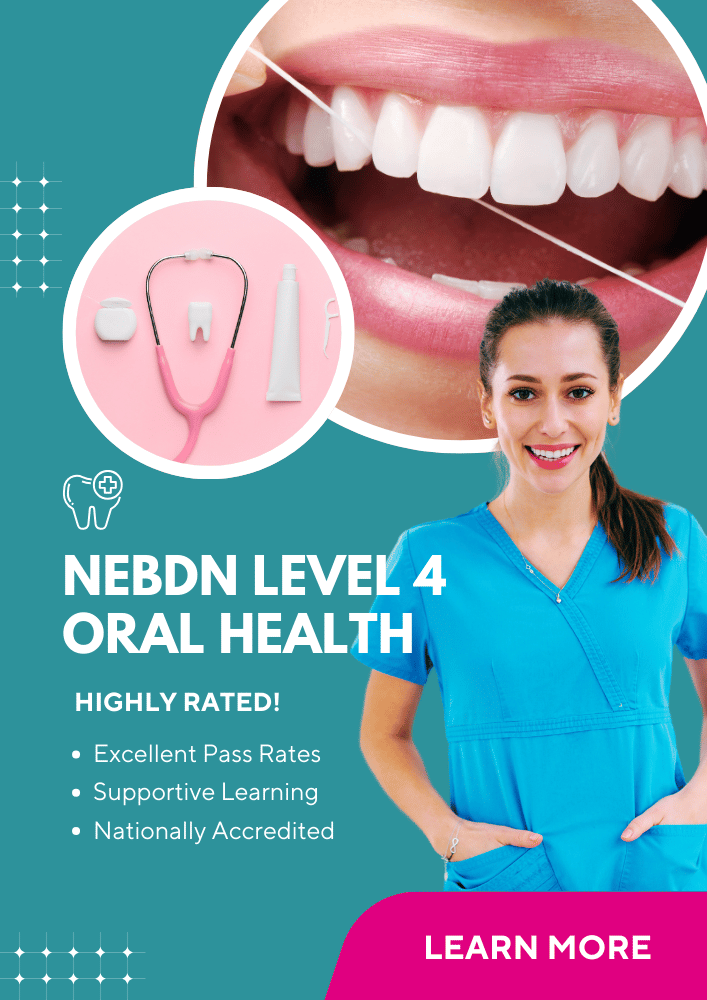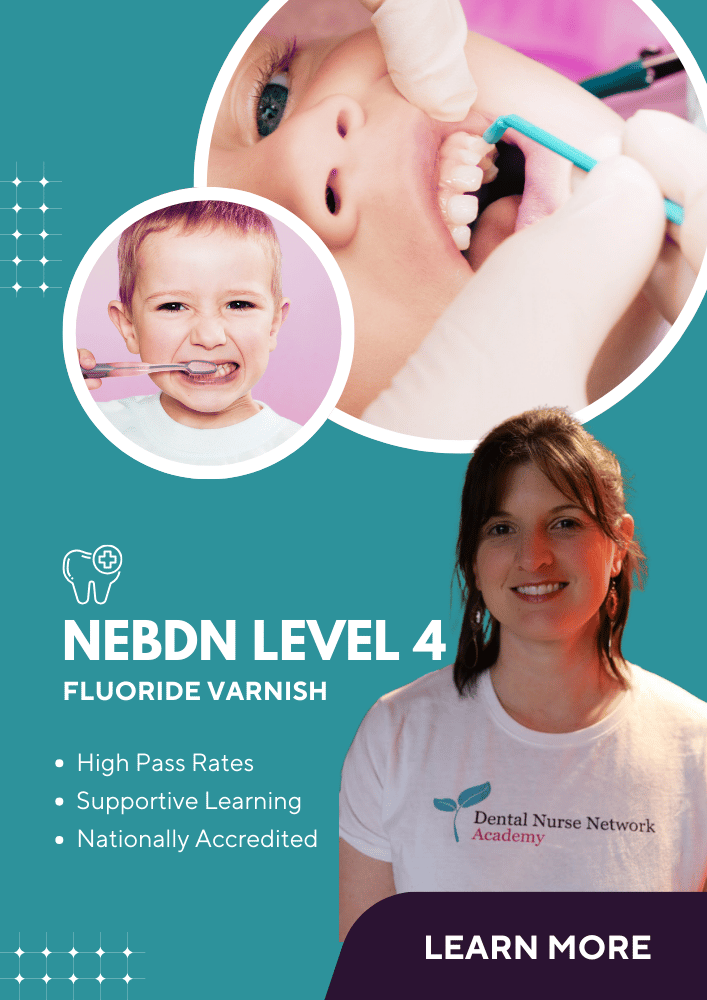 Dental nurses with an oral health education qualification play a vital role in educating patients on the importance of oral health. The best way to utilise this qualification is by planning and carrying out oral health education sessions regularly. These can be one-on-one with patients in practice or in a group environment in the wider community. Regardless of the setting, these sessions require good organisation and planning to ensure a structured session is delivered with effective learning.
Dental nurses with an oral health education qualification play a vital role in educating patients on the importance of oral health. The best way to utilise this qualification is by planning and carrying out oral health education sessions regularly. These can be one-on-one with patients in practice or in a group environment in the wider community. Regardless of the setting, these sessions require good organisation and planning to ensure a structured session is delivered with effective learning.
A key part of planning an oral health session is setting clear and measurable aims and learning objectives. This will help to guide the session’s content, delivery and overall assessment of understanding at the end. In this article, we will discuss how to plan an effective oral health education session with a focus on developing a clear aim and learning objectives.
Before we discuss the planning process, it is critical to understand the difference between aims and learning objectives. Aims are overarching goals which tend to be quite broad. They describe what the session seeks to achieve overall. The aim(s) may give a general purpose of the session and therefore are written before the objectives. Here is an example of an aim:
The aim of this session is to provide tailored oral hygiene advice to a patient with an orthodontic appliance.
Learning objectives are more specific, measurable statements which outline what the patient/group should learn from the session. Objectives should directly link to the aim and are broken down into smaller tasks or skills that are achievable within the session. Here are some examples of learning objectives using the example above.
- The patient should be able to demonstrate proper tooth brushing with their appliance by the end of the session.
- The patient should be able to discuss the importance of using fluoride mouthwash and the correct time of day to use it.
- The patient should be able to demonstrate interdental cleaning using the aids discussed in the session.
Now that you have a good understanding of aims and objectives, let’s discuss how else to best plan an oral health education session.
Identify your target audience.
The needs and learning preferences of your target audience will have a big influence on your session content and delivery. If you are delivering a session to an individual patient, it is easy to tailor this specifically to them. Groups can be trickier, but start by determining the group’s age range and prior knowledge of the topic as this can help you to plan. Knowing your target audience will help you to tailor the session to get the most engagement and interaction.
Determine clear aims and objectives.
You may have one aim for the session or multiple aims. Consider the time you have for the session and think about whether it is realistic to have more than one aim. Once you have your aim(s), you can start to develop more specific objectives. These objectives should be SMART (specific, measurable, achievable, relevant and time-bound).
Plan your teaching methods and resources.
Once you have crafted your aims and objectives, you can begin thinking about the teaching methods you will use. If you are planning a group session, you should try to consider how you can cater to a mixture of different learning styles (visual, auditory, kinaesthetic, reading and writing). You may choose to use a mixture of methods such as demonstration, group discussions or quizzes. For one-on-one sessions, it can be effective to use demonstrations when discussing tooth brushing or flossing. You may also choose to provide some written resources to help reinforce what you have discussed. Providing patients with samples is also a great way of supporting patients when they leave the surgery.
Choosing evaluation techniques
After an oral health education session, it is important to assess whether the learning objectives have been met. This can be done through a variety of methods such as verbal feedback, demonstrations, or quizzes if you are in a group environment. Evaluating the session is also a great tool to help you with your own reflection on what could be improved for future sessions.
Planning sessions is an essential part of being an oral health educator and delivering effective sessions. With thoughtful planning, evaluation and reflection, the education you deliver can make a significant impact on the groups and individuals you are speaking to.
Written by Melanie Pomphrett RDH, MSc, PGCE



